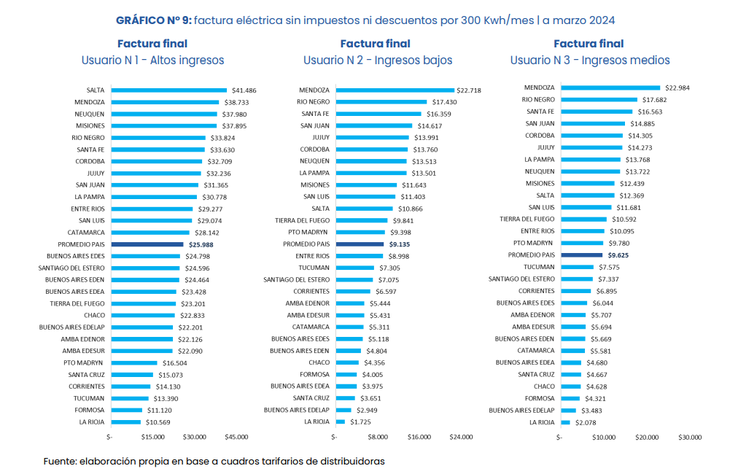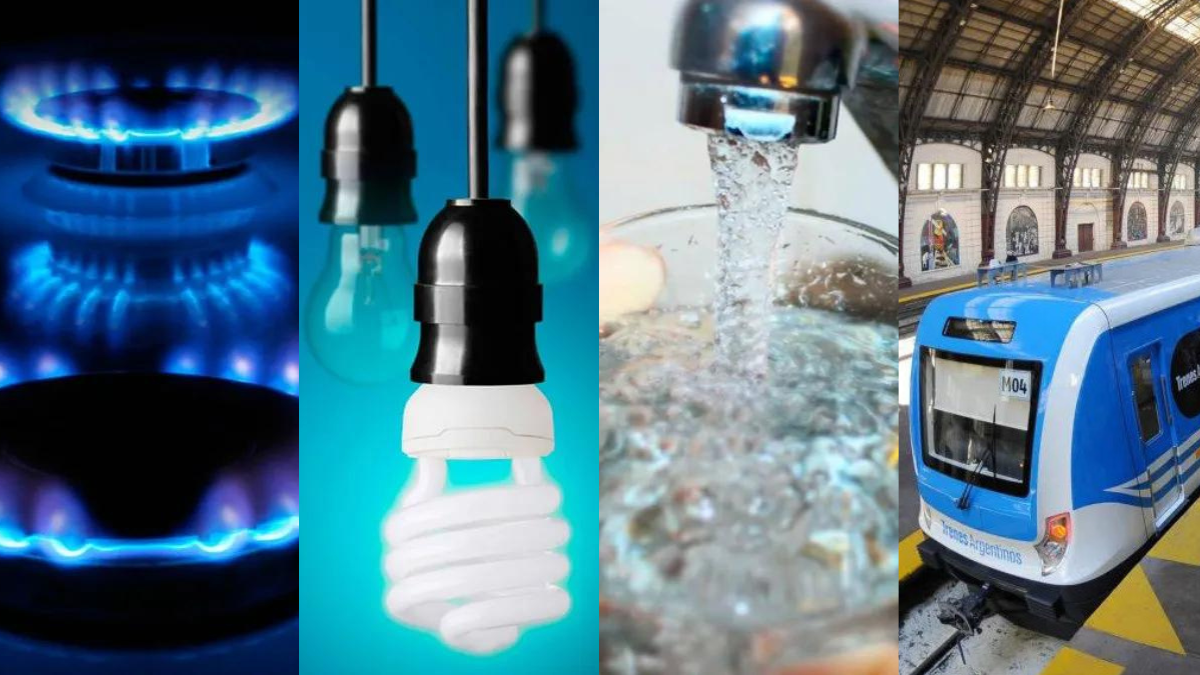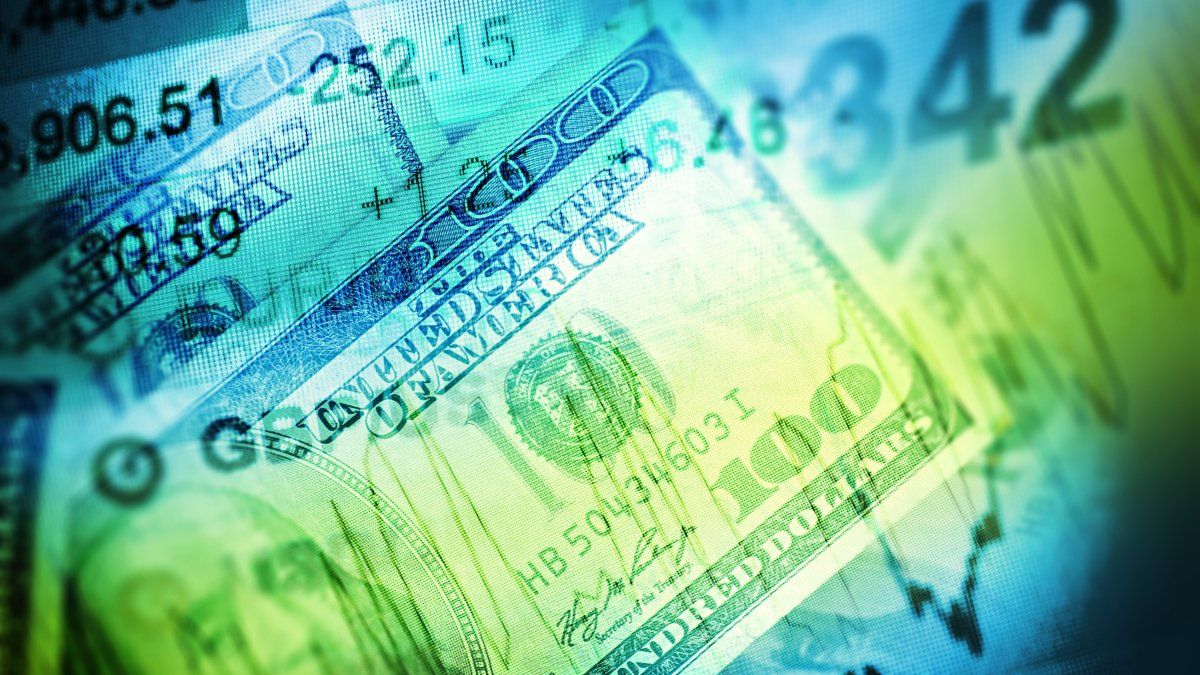In the middle of a sharp increase in rates and the removal of subsidiesthe basket of public services of the Buenos Aires Metropolitan Area (AMBA) It doesn’t stop growing and a typical family of four people, already spends $75,429 per month between electricity, gas, water and transportation.
This was reported by the Observatory of rates and subsidies IIEP (UBA-CONICET)who also highlighted that since the beginning of the government of Javier Milei (December-March) rates increased 156%.
How much do public services cost in AMBA?
Electricity bills have an average cost of $25,988 per month without subsidy, while that of gas is $5,043 monthly and the minimum ticket has an average value of $595 in the provinces and $270 in AMBA.
It should be noted that the price of transportation will continue to rise. For April a ticket increase of collectives and trainsalthough the Government decided to postpone the increases, but in May they will undergo an update again. Meanwhile, the cost of subway They were also going to be updated, although due to a technical failure the hearing was suspended.
“With these values, in March, The AMBA public services basket occupies 11% of the average registered salary of the month at the same time The most important weight within the services is occupied by transportation spending“, highlights the report.
rates-salaries.PNG
What services have financial subsidies?
The economic subsidies to public services fell 69.9% aa in real terms, explained by a real reduction in transportation of 50% aa and in energy of 75.3% aa. It should be noted that, the transfers for subsidies to Aysa and Aerolíneas Argentinas were null.
Until the first twenty days of March, an execution of 17% is accumulated with respect to the current credit for the selected items.
tariff subsidies.PNG

The Energy subsidies They represent 62% of total subsidies and are reduced by 75.3% in real terms. However the Observatory of rates and subsidies IIEP (UBA-CONICET) He specified that “as of the twentieth of March, no transfers accrued to CAMMESA during the current month have been recorded.”
Meanwhile, the transfers accrued from Energía Argentina SA (ENARSA) accumulated in three months increased 25.6% nominal year-on-year (-67.3% real year-on-year). In turn, transfers to CAMMESA decreased 82.9% YoY in real terms without, at the time of this report, accruals in the month of March. For their part, transfers through Gas.Ar Plan (incentives for natural gas production) were reduced 35.8% YoY (-82.9% in real terms).
Regarding Transportation subsidies, the report explains that transfers fell 50% annually in real terms. Within it, the most relevant item is the Transportation Infrastructure System Trust Fund (FFSIT) it grew 139% a year in nominal terms (-36.7% real).
How much do public services cost in the provinces?
Since March, the Resolution 7/24 of the Secretary of Energy that sets seasonal prices for electric power for the period February-April 2024 throughout the national territory: “A cross-sectional analysis indicates that the average final bill of a high-income household is 2.8 and 2.7 times higher than the bill of a household N 2 and No. 3 respectively,” the report states.
In that context, the total average electric bill for the entire country (without taxes or discounts for 300 Kwh/month) is $25,988 for a high-income household (N1), $9,135 for a middle income household (N3) and $9,625 for a low-income household (N2).
electricity in the provinces.PNG

In the middle income group, it stands out Mendozawith an average monthly expense of $22,984. Close The Rioja with $2,078.
Source: Ambito




